Some of the most important places to see in terms of wildlife in Madhya Pradesh is the Gwalior Zoo, which has been officially designated as Gandhi Zoological Park. It was set up in 1988 and sprawls across a wide range of 80 acres of land. Many species of animals, like tigers, leopards, and bears, along with numerous exotic birds, are housed in this zoo. It is committed to wildlife conservation and takes good care of enclosures with educational displays. Lush greenery, peacefulness, and a wide variety of animals make the setting ideal for families, nature lovers, and wildlife photographers to spend a day deep inside the animal kingdom.
Location
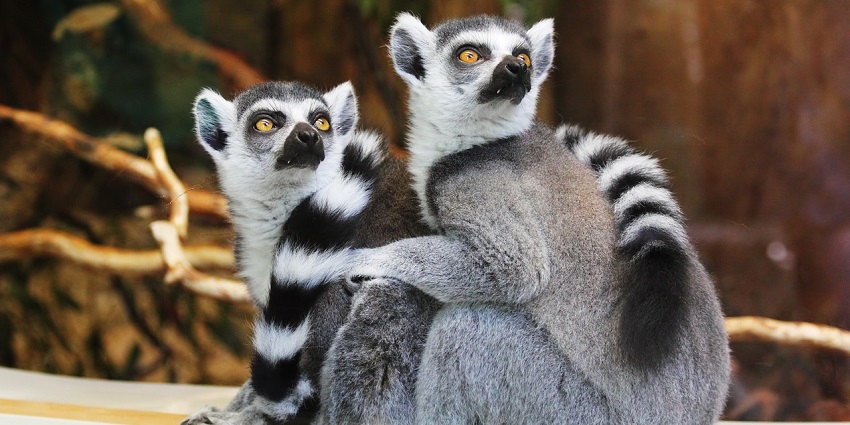
Photo: InspiredImages / Pixabay / Image For Representation Only
Gandhi Zoological Park is situated in the historic city of Gwalior, Madhya Pradesh, making it easily accessible for visitors. The zoo is located in the Moti Mahal area, about 4 kms from the city centre, offering a convenient escape into nature while still being close to urban amenities. Its strategic location allows visitors to combine their zoo visit with explorations of other nearby historical attractions.
Suggested Read: National Parks Near Indore
How To Reach Gwalior Zoo
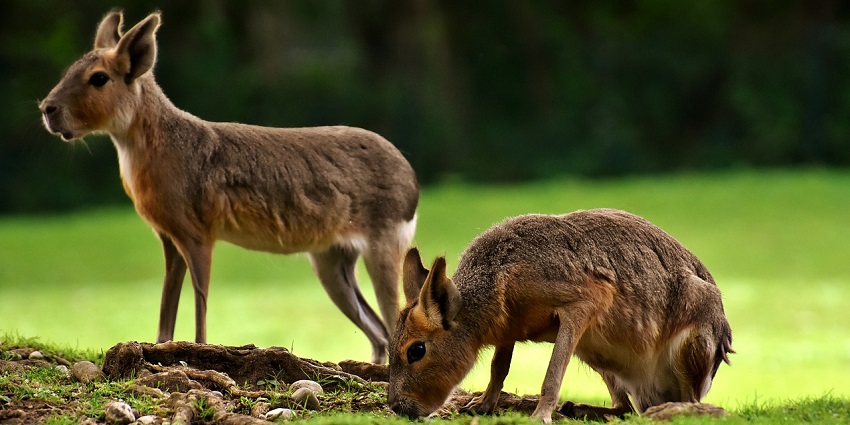
Photo: Alexas_Fotos / Pixabay / Image For Representation Only
By Air: The nearest airport is Rajmata Vijaya Raje Scindia Airport in Gwalior, approximately 10 kms away from the zoo. Upon arrival, you can easily hire a taxi or take a bus to reach the zoo in about 20-30 minutes, depending on traffic.
By Rail: Gwalior Junction is the primary railway station, located around 5 kms from the zoo. The station is well-connected to major cities across India, including Delhi, Mumbai, and Bhopal. From the station, local transportation options such as auto-rickshaws and taxis are readily available to take you to the zoo.
By Road: Gwalior Zoo is well-connected via an extensive road network. If you’re travelling by car or public bus, the zoo is easily reachable from any part of the city. You can also utilise ride-sharing services like Uber or Ola for a convenient journey to the zoo.
Places To Visit Around Gwalior Zoo
Here are some of the top places and attractions you can visit around Gwalior Zoo:
1. Gwalior Fort
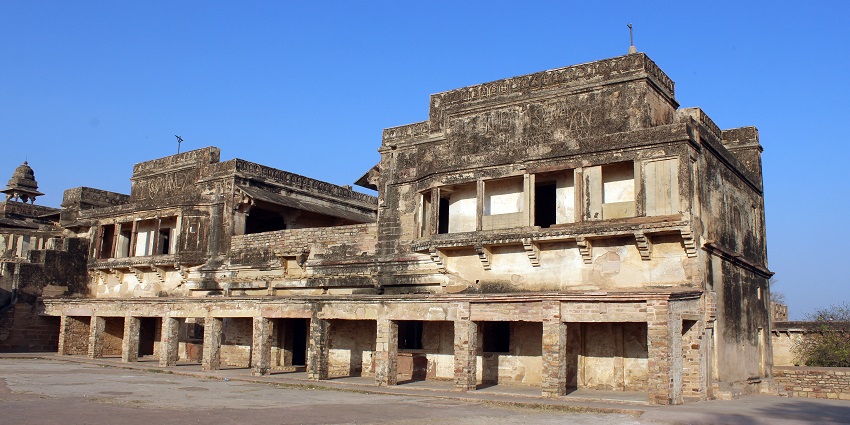
Photo: Suyash Dwivedi / Wikimedia Commons
Located about 6 kms from Gwalior Zoo, the majestic Gwalior Fort is an architectural marvel that dominates the city’s skyline. This imposing hilltop fortress, dating back to the 8th century, is a testament to the rich history of the region. The fort complex houses several palaces, temples, and water tanks, each with its own historical significance. The Man Singh Palace within the fort is particularly notable for its intricate carvings and colourful tile work. Visitors can explore the various structures, enjoy panoramic views of the city, and learn about the fort’s fascinating history through the light and sound show held in the evenings.
Timings: 8 AM – 6 PM
Entry Fee: ₹75 for Indian nationals, ₹250 for foreign tourists
Suggested Read: Forsyth Lodge Satpura National Park
2. Jai Vilas Palace
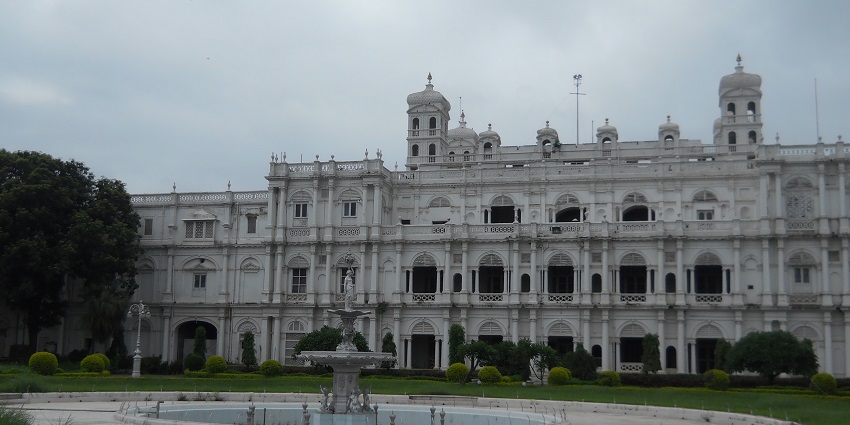
Photo: Mohitkjain123 / Wikimedia Commons
Situated approximately 5 kms from Gwalior Zoo, the Jai Vilas Palace is a stunning example of European architecture in India. Built in 1874 by Maharaja Jayajirao Scindia, this opulent palace combines Tuscan, Italian, and Corinthian architectural styles. The palace houses the Scindia Museum, which showcases an impressive collection of artefacts, including antique furniture, weaponry, and paintings. The highlight of the palace is the Durbar Hall, featuring two of the world’s heaviest chandeliers. Visitors can marvel at the grandeur of the royal lifestyle and gain insights into the region’s royal history.
Timings: 10 AM – 5 PM (Closed on Mondays)
Entry Fee: ₹100 for Indian nationals, ₹600 for foreign tourists
3. Tomb Of Tansen
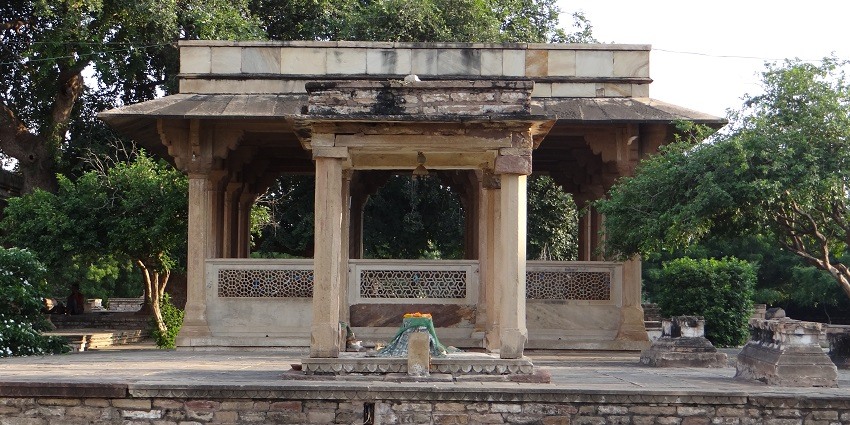
Photo: VidhuKhare / Wikimedia Commons
Located about 4 kms from Gwalior Zoo, the Tomb of Tansen is a significant historical and cultural site, and a popular tourist destination. Tansen, one of the “Navaratnas” (nine jewels) of Emperor Akbar’s court, was a legendary musician known for his extraordinary vocal abilities. The tomb, built in the 16th century, is a simple yet elegant structure surrounded by well-maintained gardens. Every year in November-December, the Tansen Music Festival is held here, attracting classical music enthusiasts from across the country. Visitors can pay homage to the great musician and enjoy the serene atmosphere of the site.
Timings: Sunrise to Sunset
Entry Fee: Free
Suggested Read: Uncover The Best National Park Near Jabalpur For An Unforgettable Wildlife Experience
4. Saas Bahu Temple
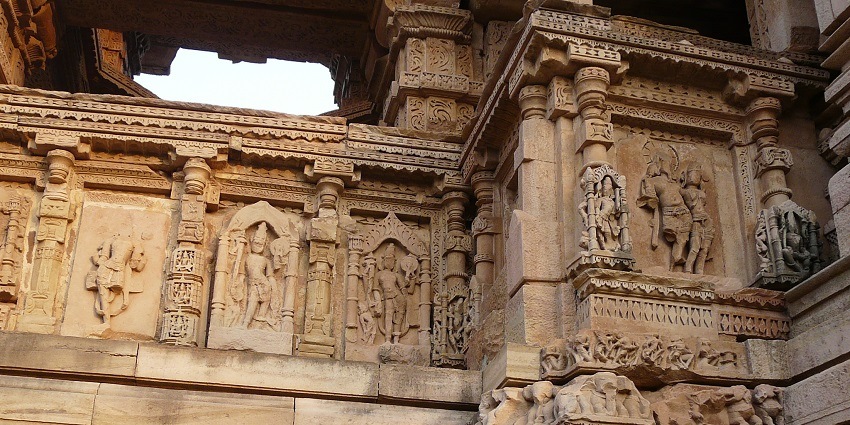
Photo: Varun Shiv Kapur / Wikimedia Commons
Situated about 7 kms from Gwalior Zoo, the Saas Bahu Temple is an architectural gem dating back to the 11th century, a famous place near Gwalior zoo. Despite its name, which translates to “Mother-in-law Daughter-in-law Temple,” it has no connection to the familial relationship. Instead, it consists of two temples dedicated to Lord Vishnu, with intricate carvings and sculptures adorning the exterior. The larger temple is believed to have been built for the king’s mother, while the smaller one was for his wife. Visitors can admire the exquisite craftsmanship and peaceful surroundings of this historical site.
Timings: 6 AM – 6 PM
Entry Fee: Free
5. Gopachal Parvat
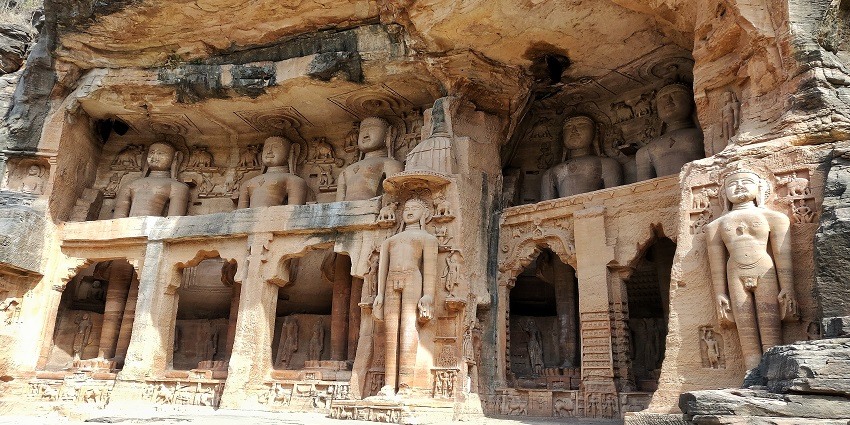
Photo: Vampireprodigy / Wikimedia Commons
Gopachal Parvat, located approximately 6 kms from Gwalior Zoo, is a hill featuring massive rock-cut Jain sculptures. These colossal statues, some reaching heights of up to 57 feet, were carved out of the hillside between the 7th and 15th centuries. The most prominent among them is the statue of Bahubali. The site offers a unique blend of natural beauty and artistic grandeur, providing visitors with stunning views of the surrounding landscape and an opportunity to marvel at the intricate details of these ancient sculptures.
Timings: Sunrise to Sunset
Entry Fee: Free
Suggested Read: Places To Visit Near Kanha National Park For Travellers
Where To Stay
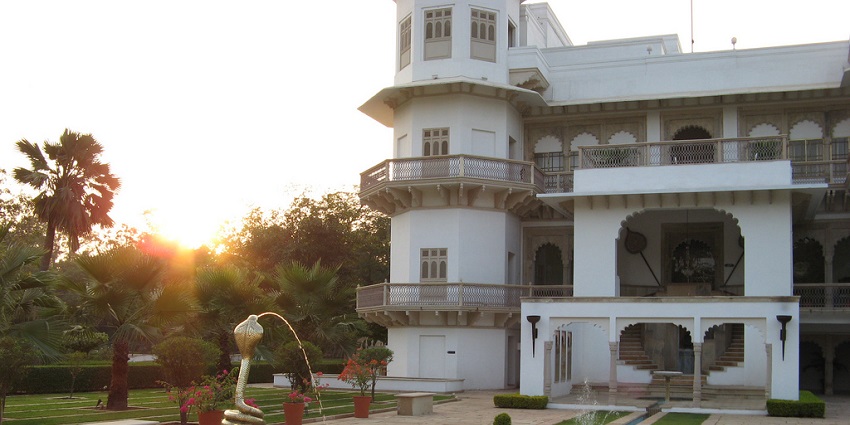
Photo: Gyanendra_Singh_Chauhan / Wikimedia Commons / Image For Representation Only
Visitors to Gwalior Zoo have a range of accommodation options to choose from, catering to various budgets and preferences. For those seeking luxury, the Taj Usha Kiran Palace offers a regal experience with its heritage property and world-class amenities. The Radisson Gwalior is another excellent choice for upscale accommodation, providing modern facilities and comfortable rooms. Mid-range travellers can consider options like Hotel Gwalior Regency or Hotel Grace, both of which offer comfortable stays at reasonable prices. These hotels are centrally located, making it easy to access the zoo and other attractions.
Where To Eat
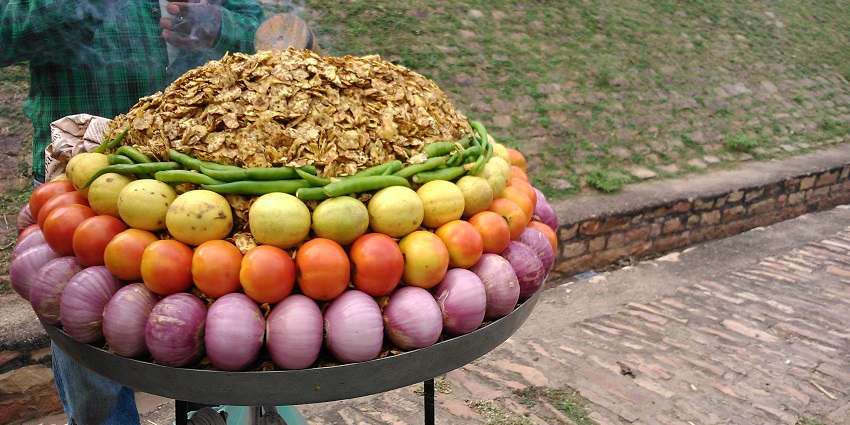
Photo: Bhawishya Mishra / Wikimedia Commons / Image For Representation Only
Gwalior offers a variety of dining options to suit different tastes and budgets. For authentic local cuisine, head to Kwality Restaurant, known for its delicious North Indian and Mughlai dishes. Silver Saloon, located in the Taj Usha Kiran Palace, offers a fine dining experience with a mix of Indian and international cuisines. For those looking to try street food, the Sarafa Bazaar area comes alive in the evenings with stalls selling local delicacies like kachori, samosas, and sweets. Chatori Gali is another popular spot for street food enthusiasts, offering a variety of chaat and snacks.
Suggested Read: National Parks In Madhya Pradesh For An Unforgettable Experience
Best Time To Visit Gwalior Zoo
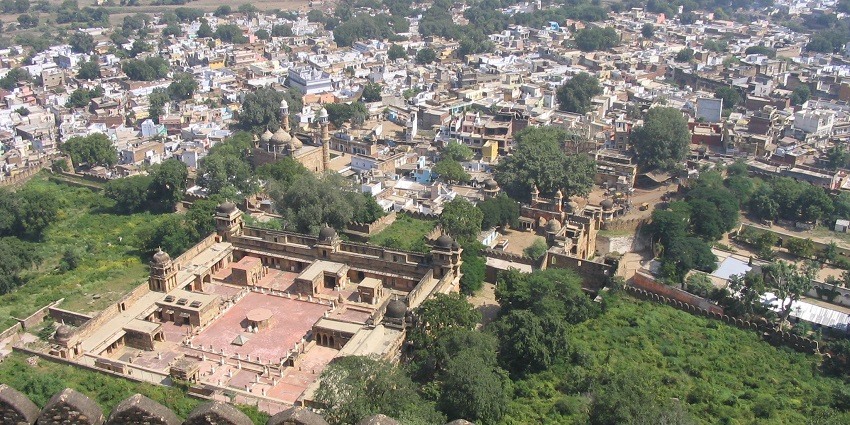
Photo: YashiWong / Wikimedia Commons / Image For Representation Only
The best time to visit Gwalior Zoo is during the winter months, from October to March, when the weather is pleasant and conducive to outdoor activities. During this period, temperatures range from 10°C to 25°C, making it comfortable to explore the zoo and other attractions in the city. The cool weather also means that the animals are more active and visible during the day. Summer months, from April to June, can be extremely hot in Gwalior, with temperatures often exceeding 40°C. The monsoon season, from July to September, brings relief from the summer heat but can result in occasional heavy rainfall.
Other Factors To Consider
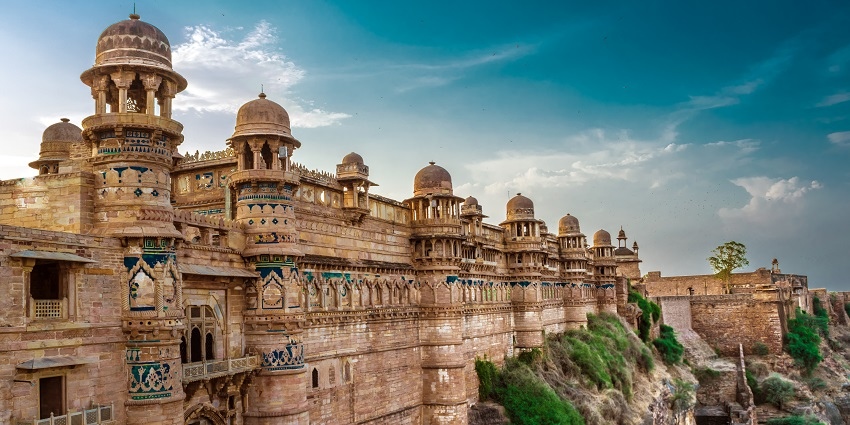
Photo: Anuppyr007 / Wikimedia Commons / Image For Representation Only
Average Cost Of The Trip
A trip to Gwalior, including a visit to the zoo and other attractions, can be planned on a moderate budget. On average, a two-day trip for two people, including accommodation, meals, transportation, and entry fees to various attractions, would cost between ₹8,000 to ₹18,000, depending on your choice of accommodation and dining options. Budget travellers can significantly reduce costs by opting for guesthouses or budget hotels and using local transport options like buses and shared autos. Mid-range travellers staying in three or four-star hotels and hiring private cabs for sightseeing would fall in the higher end of the budget range.
Tips For Travellers
- Carry sufficient water, especially during summer, as Gwalior can get quite hot.
- Wear comfortable, sturdy shoes as the zoo covers a large area and requires a fair amount of walking.
- Visit the zoo early in the morning to avoid crowds and see the animals when they’re most active. Make sure you are aware of the Gwalior Zoo timings.
- Don’t forget to bring a hat, sunscreen, and sunglasses to protect yourself from the sun.
- Use the zoo’s battery-operated vehicles if you want to avoid excessive walking.
- Keep your camera ready but be respectful of the animals and avoid using flash while taking Gwalior Zoo photos.
- Pack some light snacks, especially if you’re visiting with children, but make sure not to litter inside the zoo.
- Check the weather forecast before planning your visit, as monsoons can make the pathways slippery.
- Take time to visit nearby attractions like Gwalior Fort and Jai Vilas Palace to experience more of Gwalior’s rich history and culture.
Suggested Read: Best Places To Visit Near Pachmarhi
Gwalior Zoo offers an enriching experience for visitors of all ages, showcasing a diverse range of wildlife in a well-maintained environment. Whether you’re a wildlife enthusiast, history buff, or simply looking for a fun day out, the zoo provides an engaging and memorable visit. Plan your trip to Gwalior Zoo and immerse yourself in the fascinating world of animals. Book your trip with TripXL today for a seamless experience!
Cover Photo: minka2507 / Pixabay / Image For Representation Only


 WhatsApp
WhatsApp
 Twitter
Twitter









